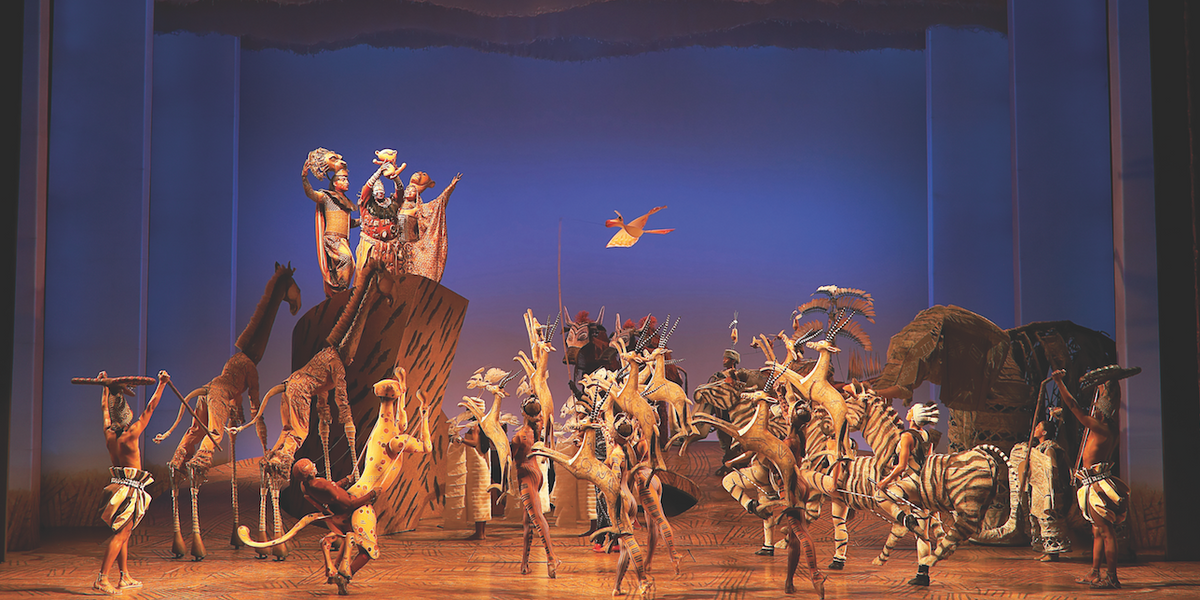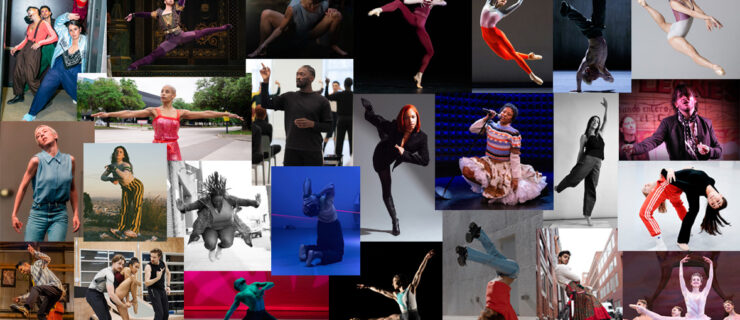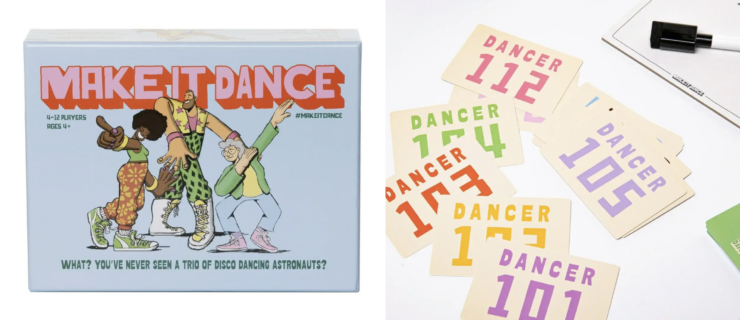Why Swings Are the Superheroes of Broadway
You may never have heard the term “swing.” But as the performers who stand by to go on for several different ensemble roles whenever necessary, swings may be the most valued members of a Broadway cast—especially during flu season. Just ask Jennifer Dunne, a swing who’s been responsible for six ensemble tracks in Chicago on Broadway for more than five years.
“As a swing, there are plenty of moments when you feel like you’ve got to rescue the show,” Dunne says. “When everyone in the cast is sick, and there aren’t enough people in the building to keep things going, that’s when you really feel like a superhero. I very well might have the flu too, but I have to overcome whatever’s plaguing me to perform for someone else.”
Swings have not only triple-threat talent, but also super brains for choreography and stage directions. They may not get the accolades that come with leading roles, but these uniquely gifted performers form the support system that props up a show’s entire cast—and they like it that way.
What It Takes
How do you become a swing? A choreographer may cast you in a traditional audition or book you through other channels. For long-running shows, potential swings may get a call because they have history with the production and already know one or more of the tracks they’d have to cover.

Photo by James Jin, courtesy Quanback




